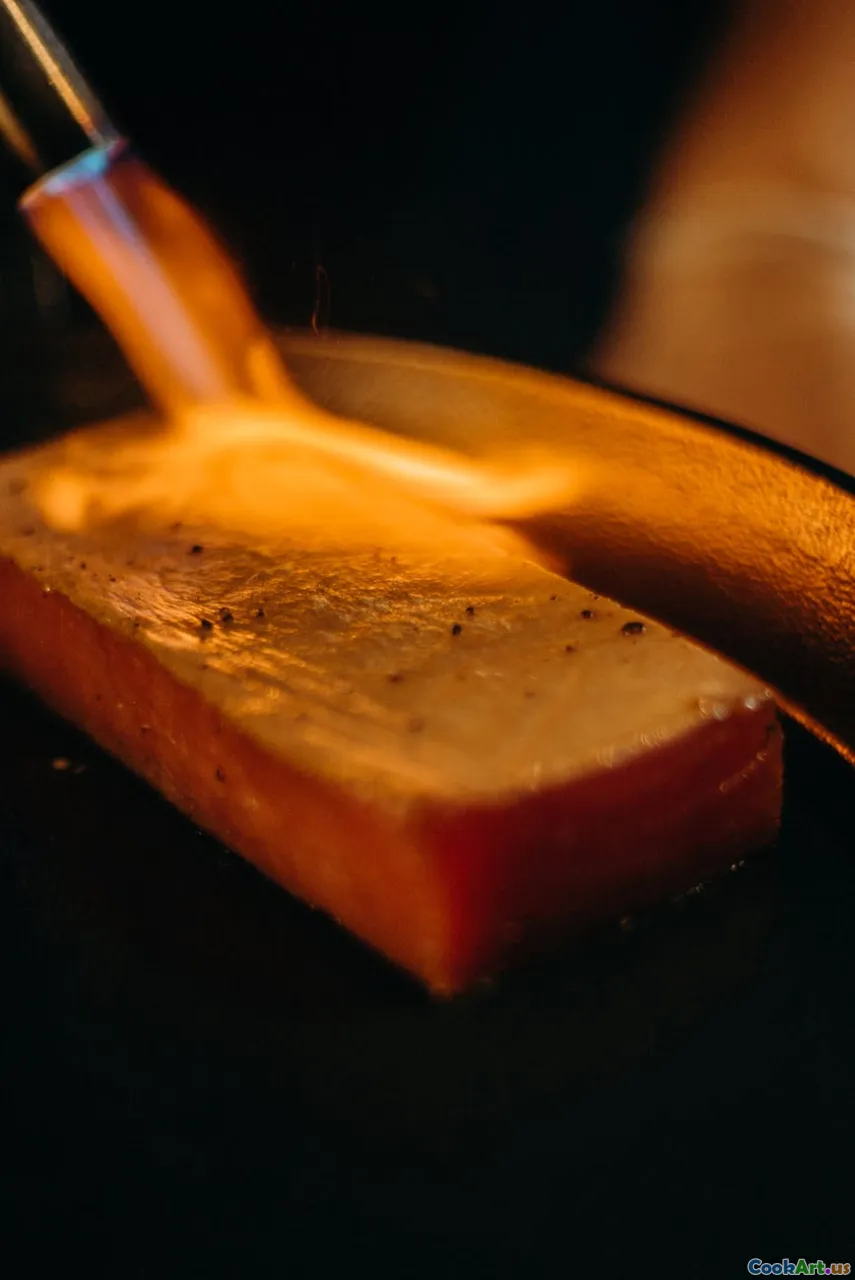Mastering Searing Techniques
5 min read Unlock the secrets of searing with essential techniques that elevate your cooking and enhance flavor like never before! April 12, 2025 22:45
Mastering Searing Techniques
Searing is a fundamental cooking technique that can dramatically enhance the flavor and texture of your dishes. Whether you're preparing a steak, fish, or vegetables, mastering the art of searing will elevate your culinary skills and impress your guests. In this article, we will delve into the science behind searing, the best practices, and some tips to help you achieve that perfect crust.
What is Searing?
Searing is the process of cooking the surface of food at high temperatures until a browned crust forms. This technique is commonly used for meats and fish, but it can also be applied to vegetables. The high heat caramelizes the natural sugars and proteins, creating a complex flavor profile and an appealing texture.
The Science Behind Searing
The Maillard Reaction is the key scientific principle behind searing. This chemical reaction occurs when proteins and sugars in food are exposed to heat, resulting in the browning of the surface. Not only does this reaction create a delicious crust, but it also adds depth to the dish's flavor.
The Best Practices for Searing
To achieve a perfect sear, follow these essential tips:
-
Choose the Right Pan: A heavy-bottomed skillet or cast-iron pan is ideal for searing because it retains heat well. Non-stick pans are generally not recommended for this technique as they do not promote browning effectively.
-
Preheat the Pan: Ensure your pan is hot enough before adding the food. A hot pan will produce better results, so give it a few minutes on medium-high heat to reach the right temperature.
-
Pat Dry: Before searing, pat your protein dry with paper towels. Excess moisture can prevent browning and create steam instead of a crust.
-
Use Oil Wisely: Choose an oil with a high smoke point, such as canola, grapeseed, or avocado oil. Add a small amount to the pan once it’s preheated, ensuring it coats the bottom evenly without smoking.
-
Don't Overcrowd: Searing requires space! Avoid overcrowding the pan, as this will lower the temperature and prevent proper browning. Cook in batches if necessary.
-
Let It Be: Once you’ve placed your food in the pan, resist the urge to move it around. Allow it to sear undisturbed for a few minutes, so it forms a crust before flipping.
-
Finish Cooking: After achieving a perfect sear, you can finish cooking your protein in the oven or lower the heat to ensure it cooks through without burning the exterior.
Common Mistakes to Avoid
- Not Preheating the Pan: A cold pan will lead to steaming instead of searing.
- Using Too Much Oil: Excess oil can lead to splatter and prevent proper browning.
- Constantly Moving the Food: Moving the food prevents the necessary contact with the hot surface that creates a crust.
Searing Vegetables
While searing is often associated with meats, vegetables can also benefit from this technique. Searing vegetables like bell peppers, zucchini, or asparagus enhances their natural sweetness and adds a delightful texture. Follow the same principles of preheating and avoiding overcrowding.
Conclusion
Mastering searing techniques opens up a world of culinary possibilities. By understanding the science and applying best practices, you can create beautifully seared dishes that are packed with flavor. Whether you're cooking for yourself or entertaining guests, searing is a skill worth mastering. So fire up that pan and start experimenting with your favorite proteins and vegetables!
Happy cooking!









